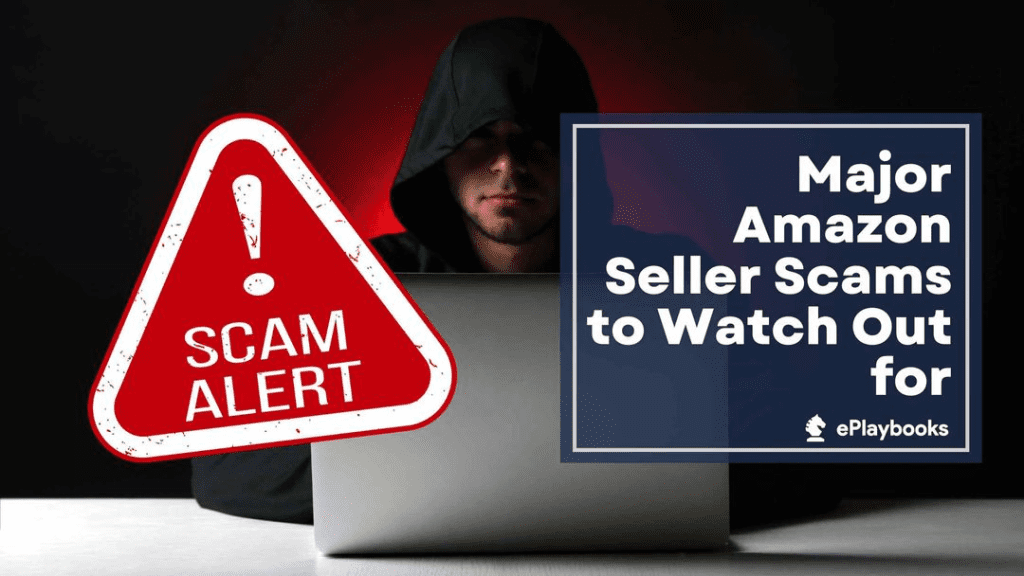How to Protect Yourself from Amazon Scams
Introduction
Amazon is one of the largest online marketplaces, offering a convenient shopping experience. Unfortunately, its popularity also attracts scammers looking to exploit unsuspecting shoppers. These scams can range from fake listings and counterfeit products to phishing emails designed to steal sensitive information. This guide will help you recognize Amazon scams and protect yourself while shopping online.
Common Amazon Scams
Phishing Emails and Texts
- Scammers often impersonate Amazon through emails or SMS messages claiming issues with your account, suspicious activity, or the need to confirm a delivery.
- How to Spot It: Look for misspellings, fake sender addresses, and suspicious links. Amazon typically does not ask for sensitive information via email.
Fake Sellers
- Fraudulent sellers may offer high-demand products at unusually low prices to lure buyers. Once a purchase is made, you may receive a fake product or nothing at all.
- How to Spot It: Check seller reviews and ratings carefully. Be wary of new sellers with no feedback or many negative reviews.
Counterfeit Goods
- Counterfeit products, particularly electronics and branded items, are a common issue on Amazon.
- How to Spot It: Look for products with inconsistent descriptions, poor reviews, and unusual prices. Purchase directly from “Amazon” or well-known brands whenever possible.
Fake Amazon Customer Support Calls
- Scammers may call claiming to be from Amazon customer service, asking for your personal information or payment details to “fix” an issue.
- How to Spot It: Amazon does not initiate customer support calls without your request. Verify all customer service contacts via the official Amazon website.
Red Flags to Watch For
- Emails or texts with suspicious links or requests for personal information.
- Unusually low prices or high-demand items.
- Requests for payment via unconventional methods (e.g., gift cards).
- Sellers with no reviews or a history of negative feedback.
How to Protect Yourself
- Verify Emails and Links: Always check the sender’s address and hover over links to view their true destination. Access Amazon directly through their official website or app instead of clicking on links in messages.
- Use Secure Payments: Only pay using Amazon’s secure checkout system. Be wary of sellers asking for payments outside of Amazon.
- Check Seller Information: Before purchasing, review the seller’s feedback, ratings, and product reviews. Prefer established sellers with good reputations.
- Use Two-Factor Authentication (2FA): Secure your Amazon account by enabling 2FA to add an extra layer of protection.
- Report Suspicious Activity: If you receive a suspicious email or call, report it to Amazon through their help page. Do not engage with potential scammers.
What to Do If You’re a Victim
- Report the Incident to Amazon: Visit Amazon’s Report Something Suspicious page.
- Contact Your Bank or Card Issuer: If you’ve shared payment information, notify your financial institution immediately.
- Change Your Passwords: If your Amazon account was compromised, update your passwords and enable security measures.
Conclusion
Shopping on Amazon can be safe and enjoyable as long as you stay vigilant. By recognizing common scams and implementing protective measures, you can protect yourself and your data from falling into the wrong hands. Stay informed, shop safely, and report anything suspicious!







